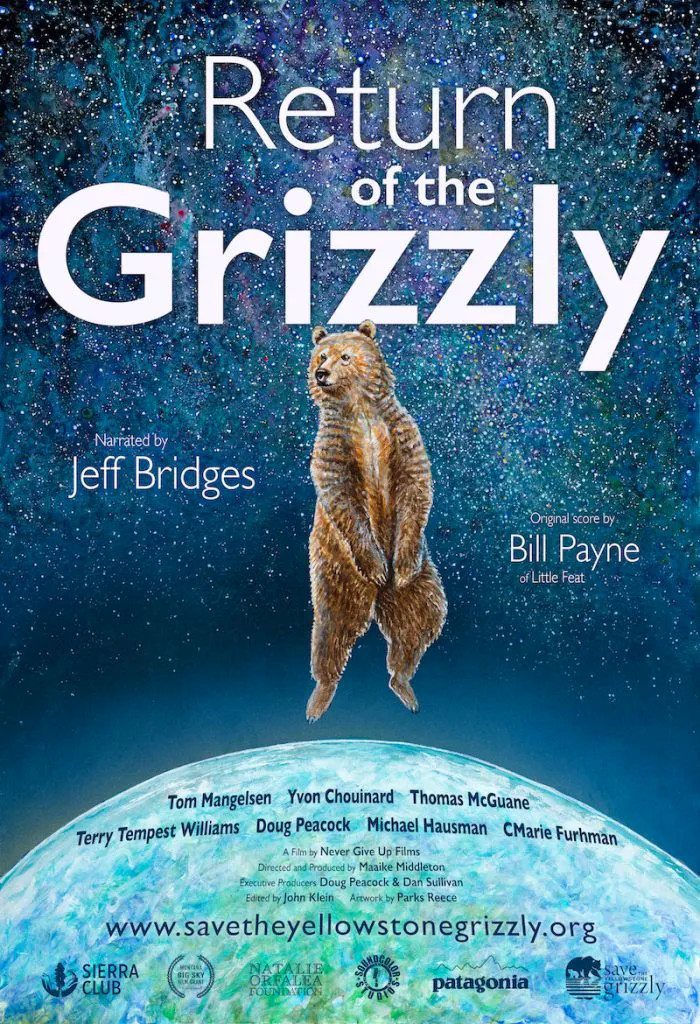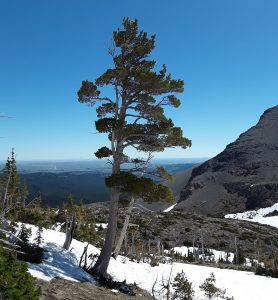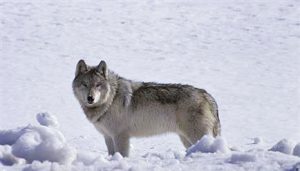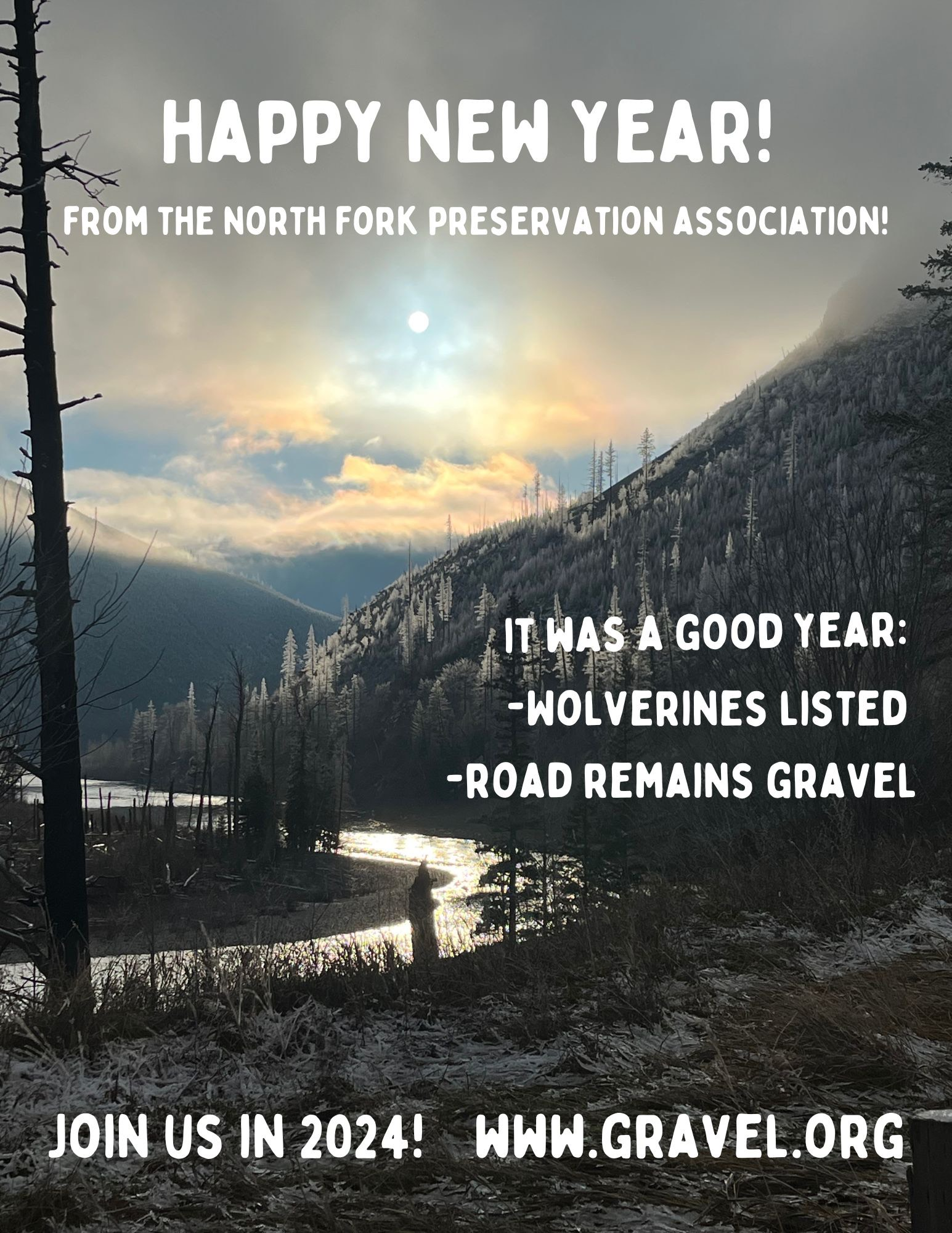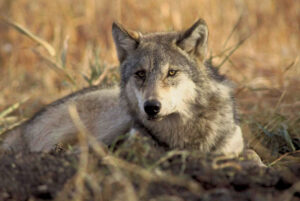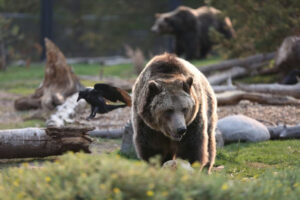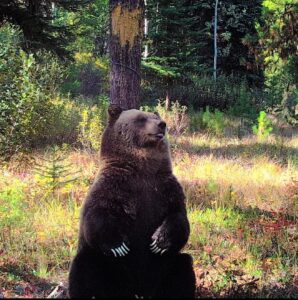 Posted to Facebook on February 1, 2024 . . .
Posted to Facebook on February 1, 2024 . . .
Montana Land Reliance (MLR) announces a forested property near Glacier National Park will forever be protected from development. MLR has completed a conservation easement on a 310-acre property north of Polebridge owned by the Chrisman family. Funded by the MLR Jeff Shryer Fund and the Heart of the Rockies Initiative, the easement property is located less than a half mile from Glacier National Park and bordered by Flathead National Forest. The Chrisman property includes a small tributary of the North Fork River and contains a diverse ecosystem with varied upland timber and riparian wetland habitats.
Deer, elk, moose, black and grizzly bear, lynx, gray wolves, wolverine, and bald eagle will forever thrive on the property – including the grizzly pictured here, taken on the family’s game camera. Many thanks to the Chrisman’s and Heart of the Rockies Initiative for partnering with us!
